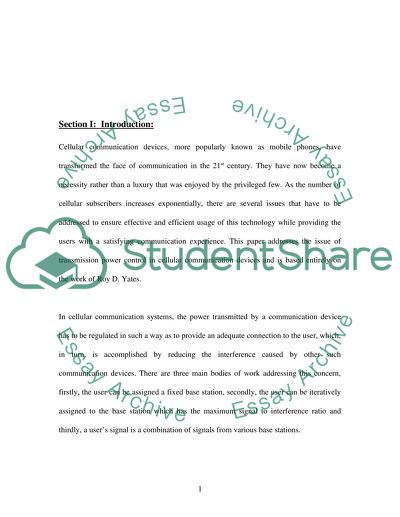Cite this document
(“Power Control for Mobile Phones Essay Example | Topics and Well Written Essays - 2000 words”, n.d.)
Power Control for Mobile Phones Essay Example | Topics and Well Written Essays - 2000 words. Retrieved from https://studentshare.org/technology/1517483-power-control-for-mobile-phones
Power Control for Mobile Phones Essay Example | Topics and Well Written Essays - 2000 words. Retrieved from https://studentshare.org/technology/1517483-power-control-for-mobile-phones
(Power Control for Mobile Phones Essay Example | Topics and Well Written Essays - 2000 Words)
Power Control for Mobile Phones Essay Example | Topics and Well Written Essays - 2000 Words. https://studentshare.org/technology/1517483-power-control-for-mobile-phones.
Power Control for Mobile Phones Essay Example | Topics and Well Written Essays - 2000 Words. https://studentshare.org/technology/1517483-power-control-for-mobile-phones.
“Power Control for Mobile Phones Essay Example | Topics and Well Written Essays - 2000 Words”, n.d. https://studentshare.org/technology/1517483-power-control-for-mobile-phones.


